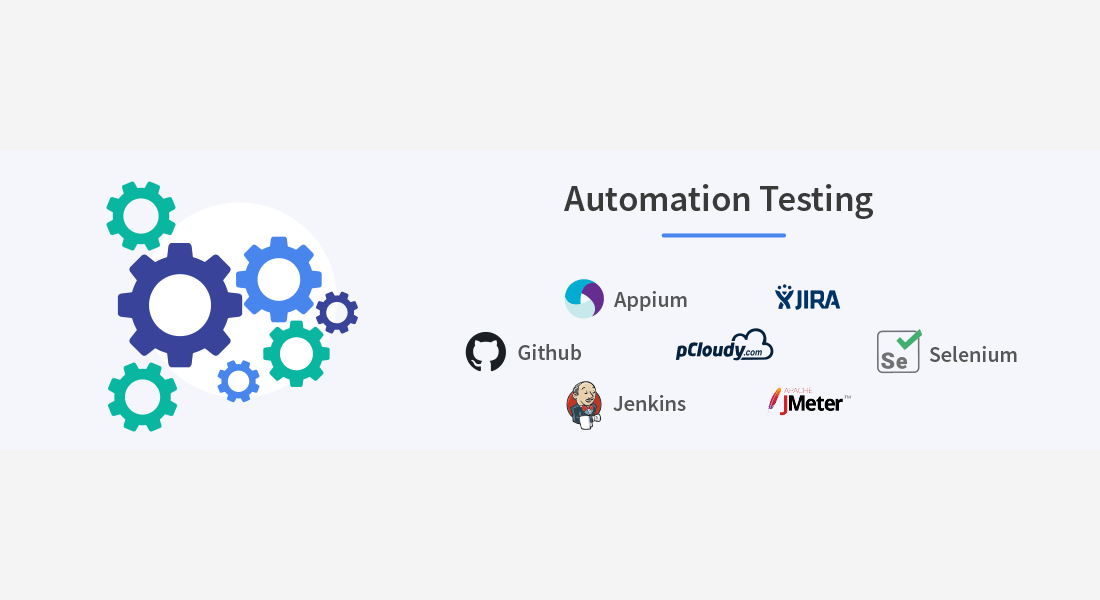Automation Testing

Automation testing is the process of testing software and other tech products to ensure it meets strict requirements. Essentially, it’s a test to double-check that the equipment or software does exactly what it was designed to do. It tests for bugs, defects, and any other issues that can arise with product development. Automation testing Its part of the product development cycle and is vitally important for ensuring your product is as good as you want it to be.
Nowadays, testing has become more sophisticated and more advanced. We have started to utilize automation testing to help ease the workload of the rest of the team and provide clear and accurate results.
Types of automated Testing
Unit testing
Unit testing is when you isolate a single unit of your application from the rest of the software and test its behavior. These tests don’t depend on external APIs, databases, or anything else. The main purpose of unit testing is to see how each component of your application will work, without being impacted by anything else. Unit testing is performed during the development phase, is considered as the first level of testing.
Regression Testing
Regression testing checks that a recent change in code doesn’t affect any existing features of the app in question. In simple terms, it verifies that changes made to the system did not break any functionality that was working correctly prior to their implementation.
To conclude this section, there are several types of tests that can be automated. Test automation is when you configure a script/program to do the same steps as you would do to manually test the software.
Smoke Testing
Smoke testing is performed to examine whether the system build is stable or not. In short, its purpose is to examine if the main functionalities work properly so that testers can proceed with further testing.
Integration Testing
In integration testing, you test how the units are integrated logically and how they work as a group. The main purpose of integration testing is to verify how the modules communicate and behave together and to evaluate the compliance of a system.
